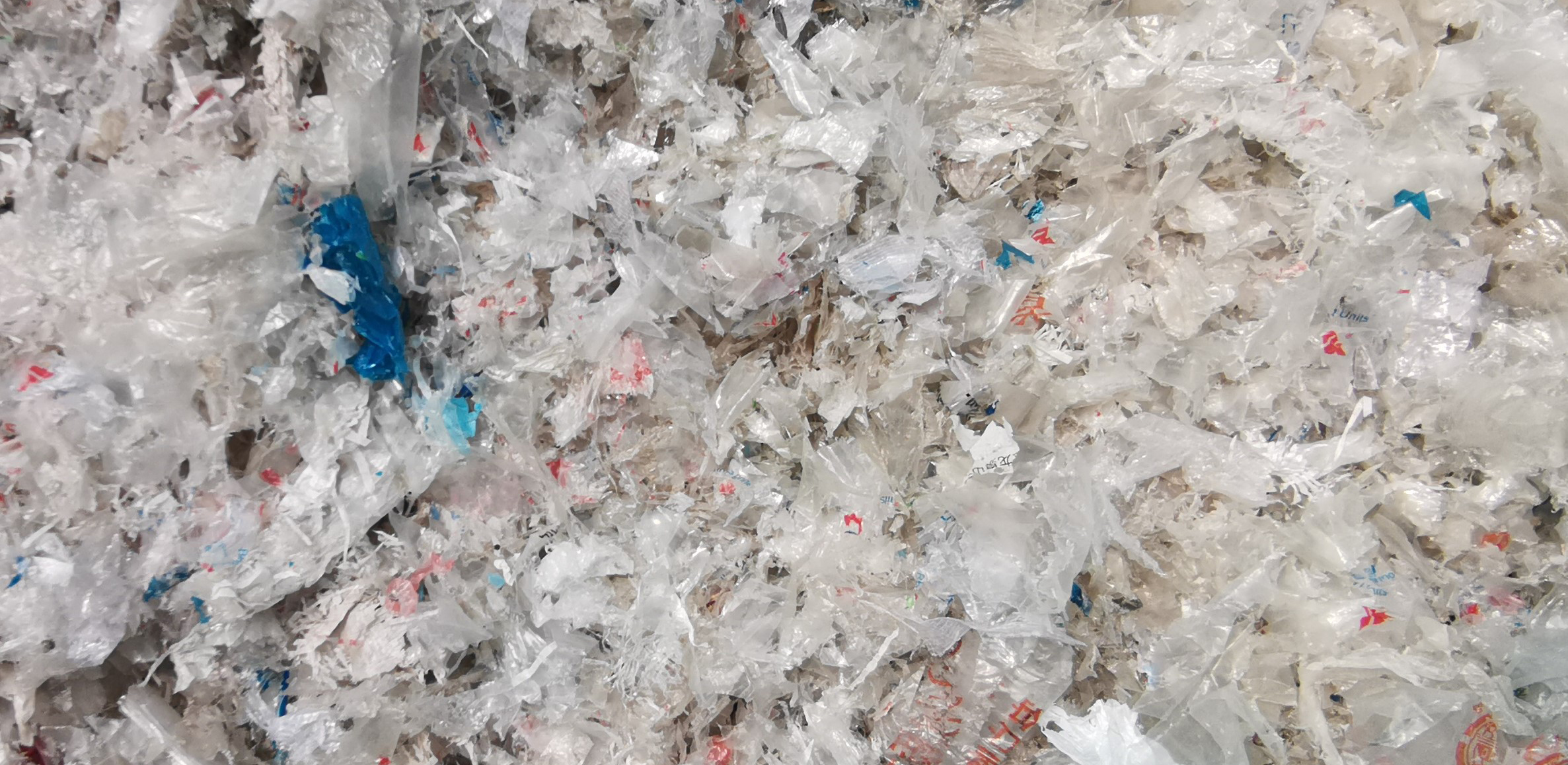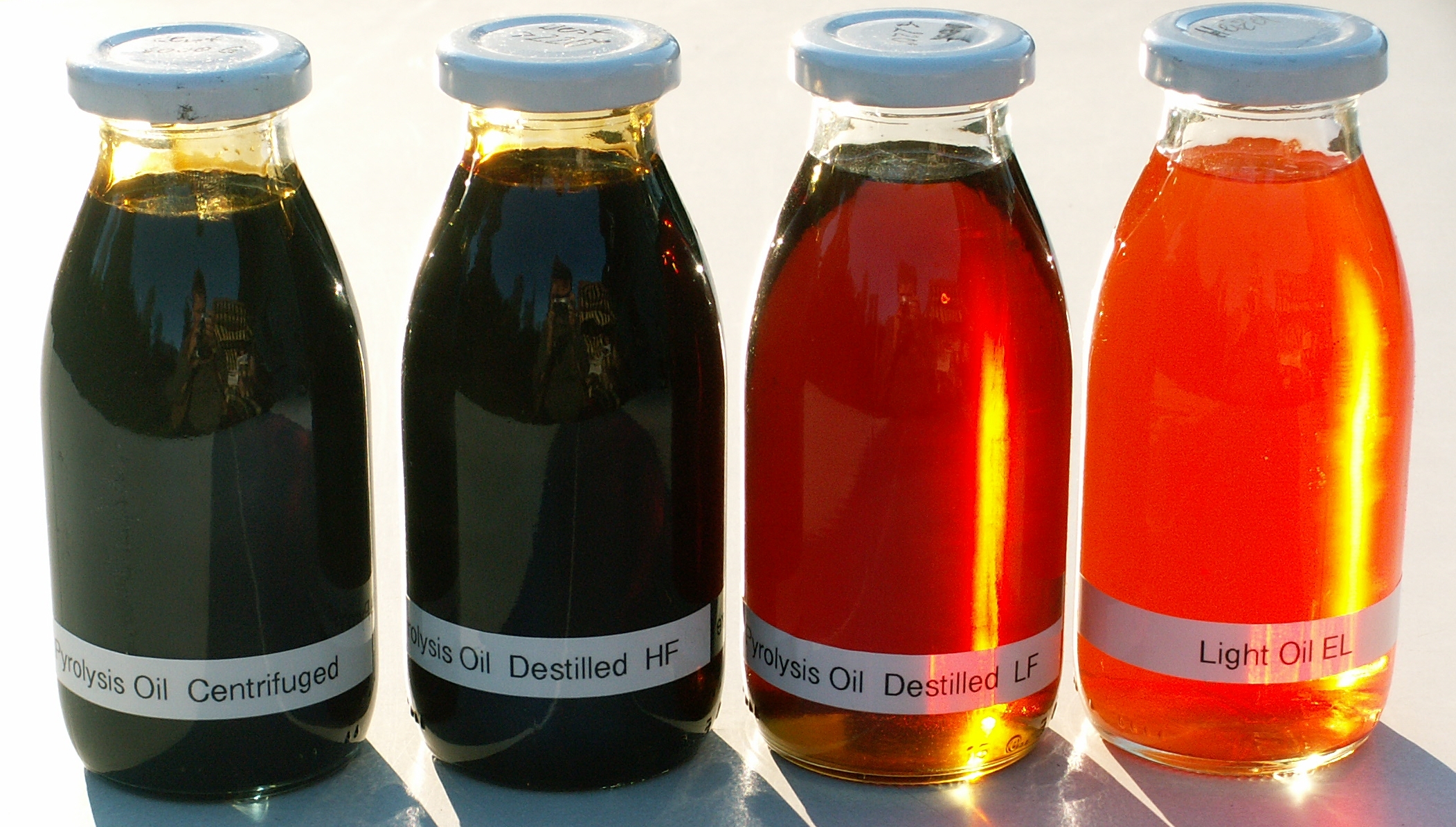In the ever-evolving landscape of energy and environmental sustainability, the quest for cleaner alternatives to traditional fossil fuels has become paramount. Plastic pyrolysis, a process that transforms plastic waste into valuable fuels, has emerged as a promising avenue for reducing dependence on conventional diesel. This deep dive into plastic pyrolysis plant explores the intricacies of the technology, its environmental impact, and the potential it holds for substituting diesel in various applications.

Understanding Plastic Pyrolysis
Plastic pyrolysis is a chemical process that involves the thermal degradation of plastic waste in the absence of oxygen. This method prevents combustion, leading to the breakdown of plastic polymers into smaller hydrocarbons. The result is a mixture of gases, liquids, and solids that can be further refined into various products, with plastic pyrolysis oil being a key output.
The Pyrolysis Process
The plastic pyrolysis process typically involves the following steps:
Feedstock Preparation:
Plastic waste, often in the form of discarded packaging, bottles, or other items, serves as the feedstock for pyrolysis. This waste is sorted, cleaned, and shredded to enhance the efficiency of the process. The fully continuous pyrolysis plant has a large-scale feeding capacity.
Heating:
The shredded plastic is then subjected to high temperatures in the absence of oxygen. This thermal treatment leads to the decomposition of the plastic polymers, resulting in the release of volatile gases.
Condensation:
The gases produced during pyrolysis are condensed into a liquid state, yielding what is commonly known as pyrolysis oil. This oil is a complex mixture of hydrocarbons, with properties that make it a potential substitute for diesel.
Refinement:
The pyrolysis oil undergoes further refinement processes to remove impurities and achieve desired fuel characteristics. This may involve distillation, catalytic cracking, and other techniques to enhance the quality of the end product.

Environmental Benefits of Plastic Pyrolysis
Waste Reduction:
Plastic pyrolysis contributes significantly to waste reduction by transforming plastic that would otherwise end up in landfills or oceans into valuable resources.
Greenhouse Gas Emissions:
Compared to traditional waste incineration, plastic pyrolysis generates lower levels of greenhouse gas emissions. The absence of oxygen during the process prevents the formation of harmful by-products associated with combustion.
Resource Conservation:
By converting plastic waste into usable fuels, plastic pyrolysis helps conserve natural resources that would otherwise be consumed in the production of conventional diesel.
Potential Advantages Over Diesel
Reduced Carbon Footprint:
Plastic pyrolysis oil has the potential to offer a lower carbon footprint compared to traditional diesel. The recycling of plastic waste into fuel aligns with the principles of a circular economy, promoting sustainability.
Diversification of Feedstock:
Unlike diesel, which is derived predominantly from crude oil, plastic pyrolysis allows for the use of a diverse range of plastic waste as feedstock. This flexibility can contribute to energy security and resilience.
Economic Incentives:
Plastic pyrolysis presents economic opportunities by creating value from waste. The production of pyrolysis oil can generate revenue while addressing the environmental challenges posed by plastic pollution. Besides, the portable pyrolysis unit is a low-cost investment.
Challenges and Considerations
Quality and Consistency:
Achieving consistent quality in pyrolysis oil can be challenging due to variations in feedstock composition. Striking a balance between feedstock diversity and product quality is a key consideration for widespread adoption.
Energy Intensity:
The pyrolysis process requires significant energy input, raising questions about the overall energy balance and the environmental sustainability of the technology.
Regulatory Landscape:
The regulatory framework for plastic pyrolysis may vary across regions. Establishing clear standards and regulations is crucial to ensure the safe and environmentally responsible deployment of this technology.
Applications and Future Prospects
Transportation:
One of the primary applications of plastic pyrolysis oil is in transportation, where it can be used as a diesel substitute in engines with minimal modifications. This application holds the potential to reduce the carbon footprint of the transportation sector.
Industrial Processes:
Pyrolysis oil can find applications in various industrial processes that traditionally rely on diesel. Its use in heating, power generation, and manufacturing processes presents opportunities for reducing the environmental impact of these sectors.
Research and Innovation:
Ongoing research and innovation in plastic pyrolysis technology aim to address existing challenges and improve the efficiency of the process. Advances in catalyst development, process optimization, and feedstock handling contribute to the evolution of this technology.
Conclusion
Plastic pyrolysis stands at the intersection of waste management, energy production, and environmental stewardship. As we delve deeper into this technology, its potential to substitute diesel and alleviate the burden of plastic pollution becomes increasingly evident. While challenges remain, ongoing research and a commitment to sustainable practices hold the key to unlocking the full benefits of plastic pyrolysis. The journey towards a greener, more sustainable future involves embracing innovative solutions, and plastic pyrolysis is undoubtedly a promising contender in the quest for cleaner energy alternatives. If you are looking for manufacturers, Beston Group Co., Ltd. is a good choice.